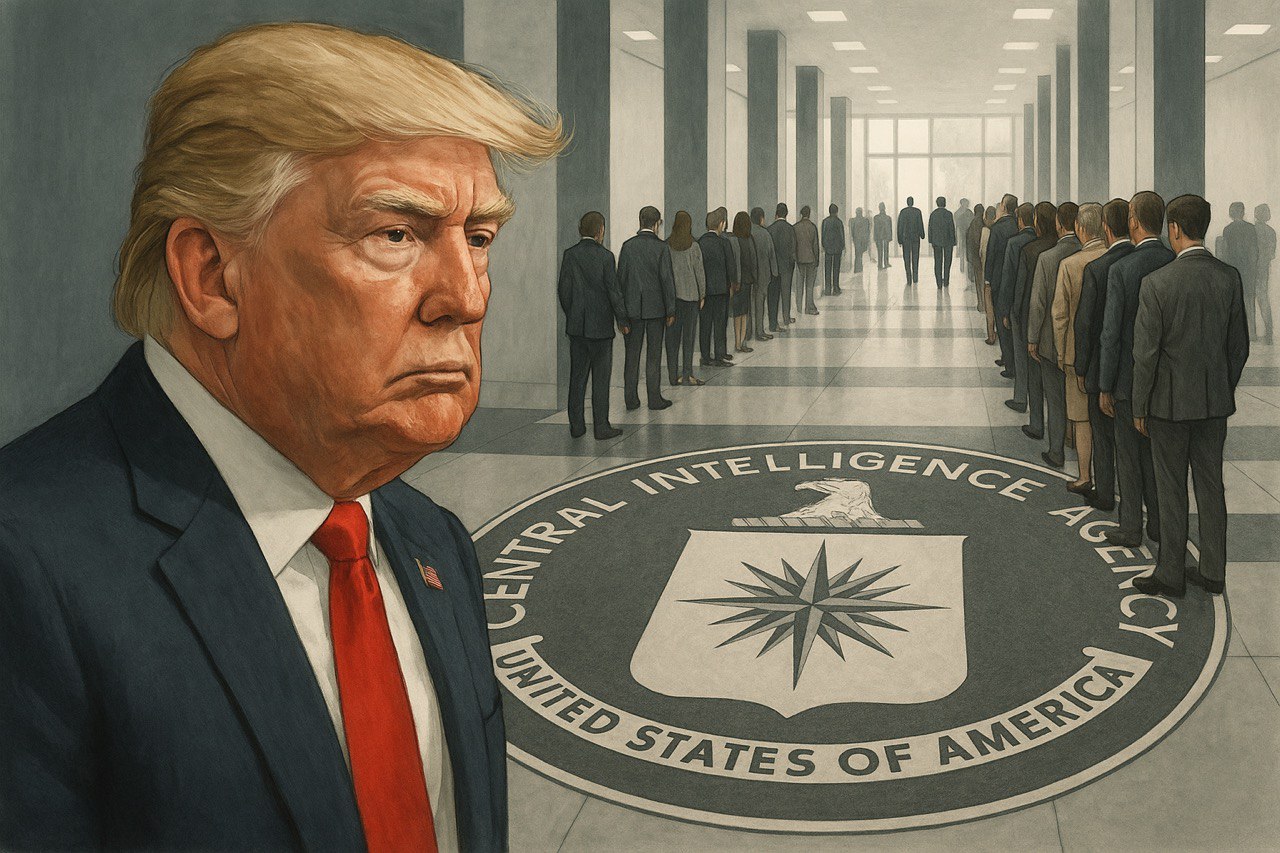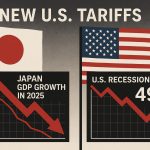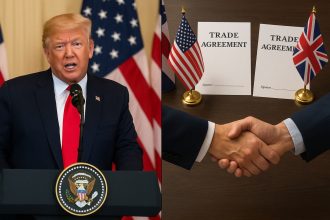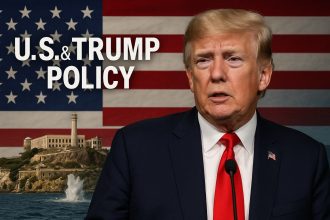The Trump administration’s decision to reduce the intelligence community’s workforce marks a significant policy shift, aiming to streamline federal operations. Reports from The Washington Post and The Guardian confirm that the CIA will cut 1,200 positions, with additional reductions affecting the NSA, DIA, NRO, and NGA, totaling several thousand jobs across the sector. These cuts are part of a broader initiative to align the intelligence community with the administration’s national security priorities, particularly focusing on countering China and addressing drug trafficking.
The CIA’s workforce is estimated at around 22,000, though exact figures are classified. The planned reductions will be phased in over several years, with about 500 positions already accounted for by employees opting for early retirement. Other agencies have implemented similar measures, such as the NSA offering voluntary resignations and the CIA joining a voluntary redundancy program, as noted in The Guardian.
This downsizing occurs amidst a global landscape of heightened threats, raising questions about the balance between efficiency and capability. The Office of the Director of National Intelligence (ODNI), under Director Tulsi Gabbard, has already seen a 25% reduction since February 12, with over 100 employees taking early resignation offers through the “Fork in the Road” program, as reported by The Washington Post.
Rationale and Goals
The administration’s rationale centers on enhancing efficiency and refocusing resources. CIA Director John Ratcliffe has emphasized a return to “traditional espionage,” prioritizing human intelligence sources over technological surveillance, as mentioned in The Guardian. This shift aims to create a smaller, more elite workforce, with Ratcliffe urging a focus on China, aligning with the administration’s priorities, as noted in The New York Post.
Financial considerations also play a role, with the administration seeking to reduce government spending. The CIA has described these moves as part of a “holistic strategy to infuse the Agency with renewed energy, provide opportunities for rising leaders to emerge, and better position CIA to deliver on its mission,” according to The Guardian. Additionally, the elimination of DEI programs has been part of this overhaul, with 19 intelligence officers suing over their potential firing, leading to a temporary injunction, as detailed in The Guardian.
Implications and Risks
The potential implications for national security are a focal point of controversy. Critics, led by Senator Mark R. Warner, argue that these cuts could weaken the intelligence community’s ability to gather and analyze intelligence, especially against adversaries like Russia and China. Warner has highlighted counterintelligence risks, noting that disgruntled former employees could be targeted by foreign intelligence services, as reported in a CNN articleand warned by the National Counterintelligence and Security Center (NCSC).
Historical cases, such as Kevin Mallory, a former CIA officer convicted of selling secrets to China in 2018, illustrate these dangers, as detailed in The Washington Post. The ODNI’s downsizing further compounds concerns, with a 25% reduction since February 12, potentially straining coordination across agencies.
Supporters, however, argue that a leaner workforce will enhance agility and focus. Ratcliffe’s memo, reported by The New York Post, suggests a strategic realignment, but the balance between short-term savings and long-term security remains debated.
Reactions and Public Discourse
Congressional reactions are polarized. Democrats, led by Warner, oppose the cuts, viewing them as a threat to national security, while some Republicans support them as part of government streamlining efforts. Public opinion, as reflected on social media, is mixed, with concerns about security versus efficiency. Legal challenges, such as the blocked DEI firings, add complexity, as noted in The Guardian.
Additional context includes the NSA director Tim Haugh’s reported dismissal, criticized by Democrats, as reported in The Guardian, and the CIA’s offer of buyouts to its workforce, as mentioned in NBC News, reflecting broader efforts to scale back government.
Detailed Table of Affected Agencies and Cuts
| Agency | Estimated Cuts | Method of Reduction | Additional Notes |
| CIA | 1,200 | Reduced hiring, early retirements (~500) | Focus on human intelligence, DEI programs cut |
| NSA | Thousands | Voluntary resignations, reduced hiring | Director Tim Haugh fired, per The Guardian |
| DIA, NRO, NGA | Several thousand | Not specified, likely similar methods | Part of broader intelligence community downsizing |
This table summarizes the scale and methods of reductions, highlighting the CIA’s specific figures and broader impacts.
Conclusion and Future Outlook
The Trump administration’s plan to cut intelligence jobs is a bold move with uncertain outcomes. While aimed at efficiency and focus, it risks weakening national security, particularly given counterintelligence concerns. The coming years will likely see continued debate, legal battles, and monitoring of impacts on agency capabilities. For those affected, career pivots, such as exploring financial trading via platforms like PocketOption, may offer new opportunities.





